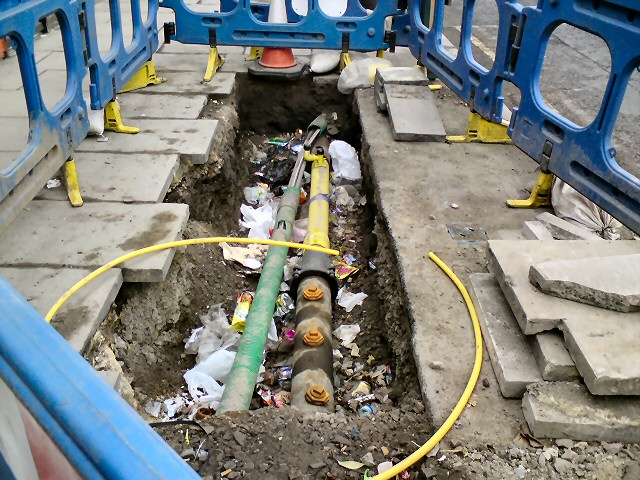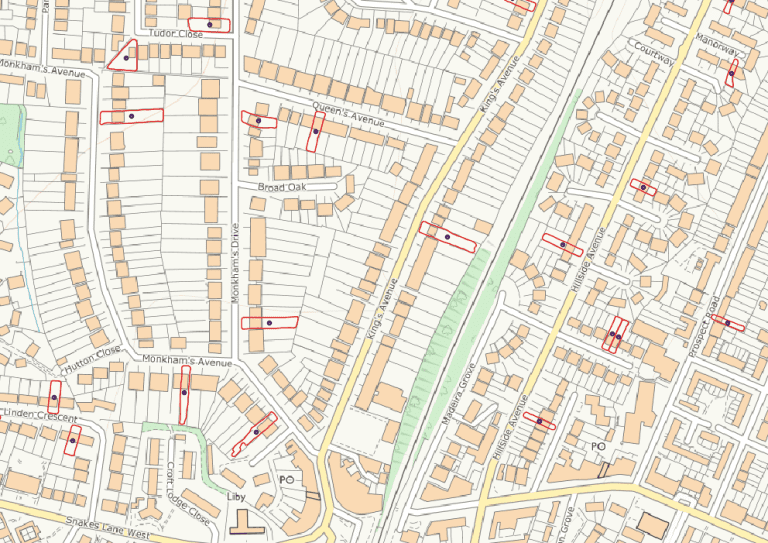Price comparison website MoneySuperMarket has looked at what people could do to get their homes green and sustainable. The company looked at the costs and savings associated with the most readily available renewable energy sources and efficiency-improvers around the home. The data collected showed that renewable energy offers the greatest monthly savings at £28.33 on average a month. However, the machinery needed, such as solar panels and wind turbines, have an average setup cost of £7,237. This means that despite the reduction in bills per month, it would take over 21 years and three months to pay off the installation before seeing substantial savings. On the other hand, efficiency measures, such as energy saving lightbulbs and reduced-water shower heads, offer an average of £6.92 in savings each month. With initial costs averaging at £762.59, it would take nine years and two months to pay for themselves. Here are some options that can make anyone’s homes greener and save them money too: Energy saving light-bulbs – Fitting a home with energy saving bulbs would cost around £51.80 and could result in financial savings of up to £27.13 a month, which means they’ll have paid for themselves after two months. Lagging jackets – An investment of £15 to insulate the hot water tank could save around £1.67 each month on heating – meaning costs will be covered after nine months. Solar ovens – Solar ovens use just the light of the sun to cook food, meaning no energy is required and could save £9.30 a month. They are a little more expensive at £188.64 on average, and will take a year and eight months to cover their own costs. Water saving shower head – Costing around £15.99, these shower heads help save 52 pence each month and they will be paid after two and a half years. Cavity Insulation – Over £10 per month could be saved on energy bills if a home is insulated correctly. With an installation fee of £466, a return on investment will be seen after three years and seven months.







